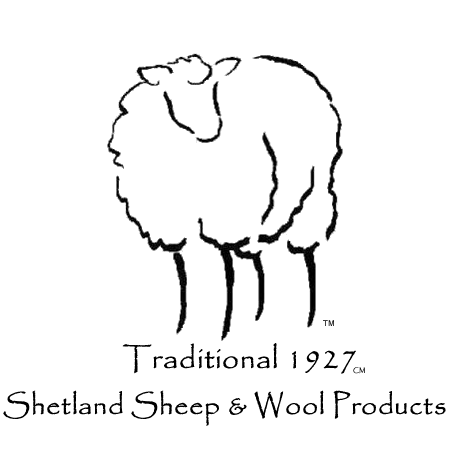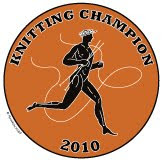Sunday I gave a dressage lesson at a stable I'd never been to before. Driving down unfamiliar back roads to get there, I noticed a pasture full of sheep - and bird decoys. No, wait - those big white things are REAL birds! When I stopped to snap some photos, I noticed some other birds hitching rides on sheep. And it wasn't until I got home and looked at my pictures on my laptop that I realized there was a great blue heron out there, too. (As always, click to biggify and see more detail.)




Celebrating getting along at . . .








5 comments:
Neat pics!!! We had blue herons that nested on our place before the drought. They are beautiful birds.
What a delightful surprise to run across such great subject matter for a picture while out meandering around. The white ones look like Snowy White Egrets.....we have those as well as Blue Herons and Sand Hill Cranes in my neck of the woods. Even though they always make me pause to watch them, I guess I sort of take them for granted. Nice pictures...thanks for sharing.
White Egrets, Blue Herons and white birds they called 'Cowbirds' were a common sight when I lived in Louisiana. The cowbirds would hitch rides ont the cattle and eat bugs off them - a symbiotic relationship!
My surprise was to see Blue Herons here when I moved back north. I didn't realize they live in 4-season areas.
Maybe you can swing by KY to give Sara some dressage lessons on her new horse! Will think of you when I go to the National Horse Show here on Saturday.
I've looked in my field guide and am really not sure what member of the heron families those white birds are. They were actually bigger than the Great Blue in the same pasture. There is a white phase of the Great Blue but they are supposedly only found in Florida. The only other possibility, even though they are smaller than Great Blues, is the Great Egret.
They're Great Egrets. They're the same size as the GBH's, and have overlapping habitats.
Lovely pictures, as always!!
Post a Comment